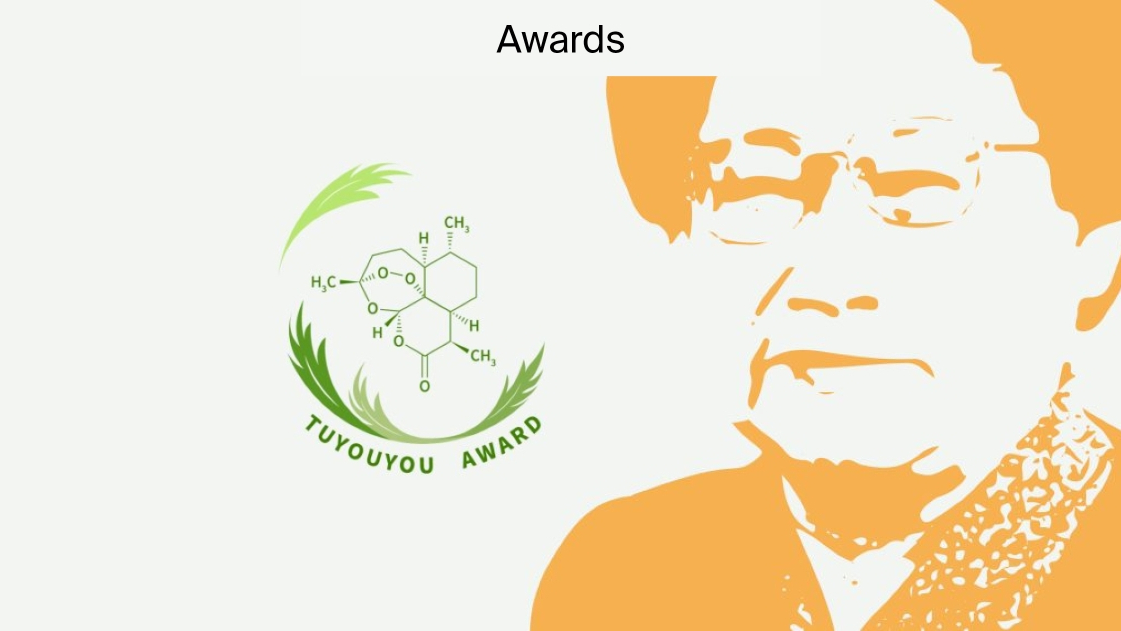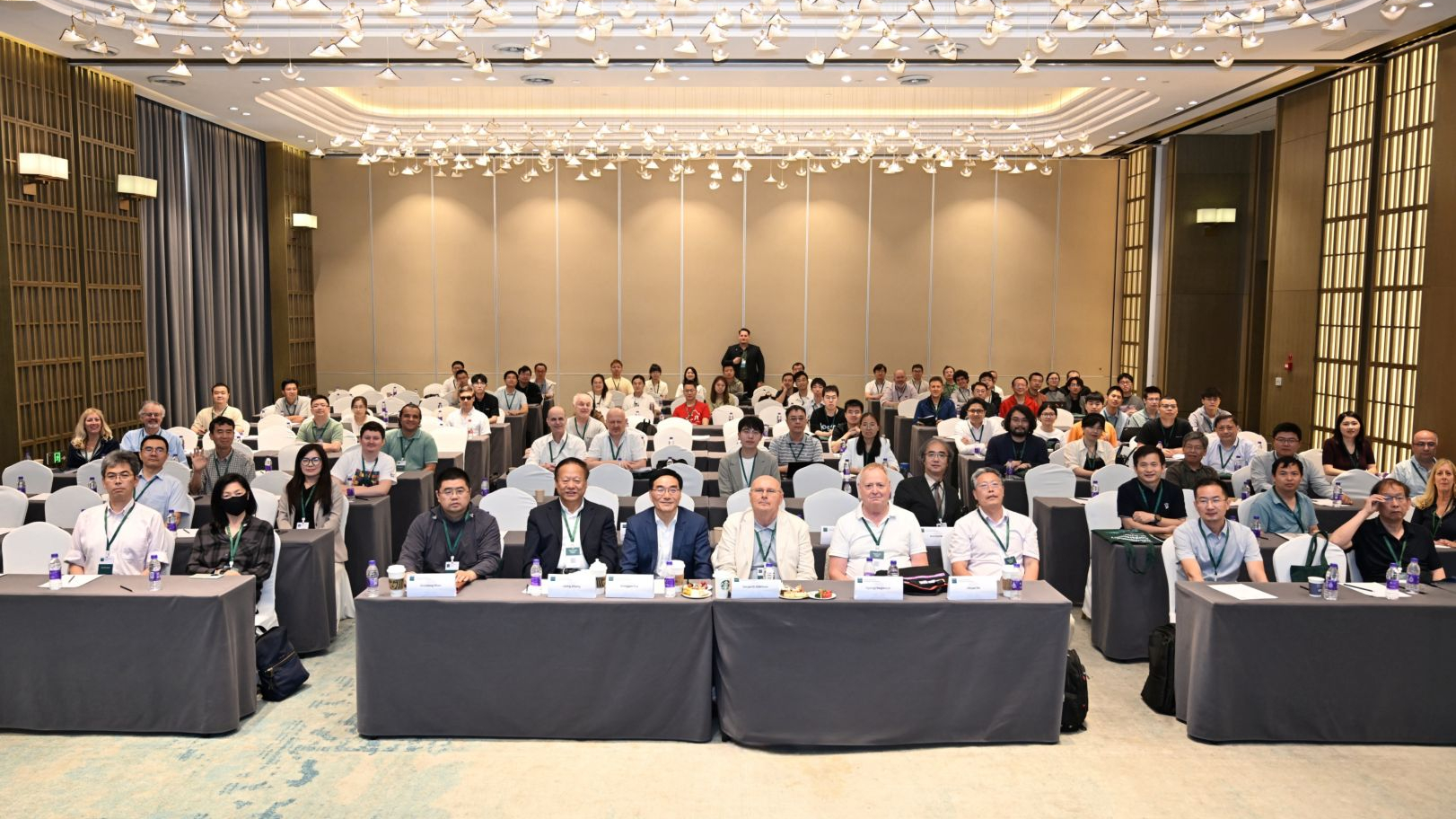
Humanities and Social Sciences at MDPI
Humanities and social science journals are not something you might think of right away when thinking about MDPI.
It’s not surprising. MDPI has a very broad portfolio of science-related journals. But, maybe surprising to some, MDPI has for a very long time also published humanities and social science journals. You might be asking yourself, “Why does MDPI also publish in these fields?”
It’s simple.
MDPI believes in the exchange of knowledge in all forms, across all disciplines.
So many MDPI humanities and social science journals to choose from
MDPI, at the time of writing, publishes 429 journals. While the majority relate to science, the company has a number that do not. Here’s a few examples of journals that MDPI publishes that fall outside the realm of the natural sciences:
- Arts
- Religions
- Languages
- Social Sciences
- Humanities
In addition to these examples, there are many others ranging from dealing with laws to finances to novels.
Let’s take a brief look at a couple of these journals.
Religions
We have already covered a lot of information about this unique journal in the past. Still, we’ll revisit some of the more recent updates. At the end of October 2023, the Special Issue on “Political Violence, Religion and the Secular” closed. This Special Issue centers around a rich discourse on the intersection between the religious and the secular in the context of violence. Another Special Issue, “Religion–Existence–Death: Perspectives from Existentialism”, focuses on
“[E]xplor[ing] experiences and conceptions of death from the religious/philosophical viewpoints of existentialism.”
Religions continues to grow and contribute to the humanities in an effective and fascinating way.
Languages
While the journal is still new (its inauguration was in 2016), Languages is ambitious in its aims. One might naturally be inclined to think that languages deals with the formation and use of language in general. This is true, but there is more to it. For example, “New Challenges in Forensic and Legal Linguistics” addresses the way that language is used in a legal context. Another one of its sections deals with “From Education and Humanities to Improve Knowledge, Society, and the Digital Transformation”. Some of these subjects delve into longstanding questions of language, while others discuss contemporary problems. Also, some of the research dives into the future of languages.
Social Sciences
Our most recent addition to the family of Spotlight articles is Social Sciences, a fascinating journal. It deals with a range of subject matter, from anthropology to economics, and everything in between. As with the rest of our journals, the history of Social Sciences is quite fascinating. Some of the more recent topics at the time of publishing have included fascinating themes like “Emotions and Media” and “Citizen Laboratories”. Beyond this, some of its sections dive into more specific topics, like the way in which plastics should be handled and governed.
Interesting content from humanities and social sciences journals
To highlight the role and content that humanities and social sciences journals play in the public discourse on many different subjects, we’ll be diving into a few different topics. We’ve done our best to cover a range of different journals. But, with so many different topics, it’s impossible to cover them all.
Changes in consumer behaviour
Sometimes, there are a number of social sciences journals that can overlap to cover a similar topic. Jack McKenna had written an interesting article about changes in consumer behaviour. This concept is far reaching. It includes ideas from one of MDPI’s flagship journals, Sustainability, as well as Economies. The article covers climate change, cash vs. cards, and even the creation of “livestream shopping”. What is livestream shopping? Jack explains
“[It] is a new example of shopping as entertainment. Live shopping […] ‘is a marketing tactic in which a host, generally an influencer or celebrity, uses a live video to advertise a product’.”
All these things overlap to create a vast network of factors that influence the way that people act with regard to money. These things also have an impact on societies and climate change. Because of how many different elements of the world consumer behaviour can impact, learning about it from many different perspectives is very valuable.
Social sciences journals continue to be pivotal because of the multidisciplinary nature of the problems we face as societies.
“Consumer behaviour is changing. We’re seeing the rise in spending on unsustainable but arguably essential areas like food and energy use, the digitalisation of money, and online shopping developing as a form of entertainment.”
Disaster discourse and pop culture
One of the most interesting elements of the humanities is its ability to address how we, as a culture(s), view events. In particular, disasters and trauma are events that can to damage to the psyche of a nation. From earthquakes to volcanoes to human tragedies, art has helped countless people to contextualize events (where possible) and start to heal.
A recent article in the journal Literature makes the argument that one of the important lessons to be learned from these disaster narratives is not just “learning about the past” but also to “prepare for the future”. The author of the article examines the work of Komatsu Sakyō in particular. Their work views disaster through the lens of science fiction. Baryon Tensor Posadas, the author of this piece, notes:
“[…] Japanese science fiction, whether in prose, comic, or film form, has tended to revel in what Susan Sontag has called ‘the imagination of disaster’,”
In our article on this, we review Posadas views of how we can learn from pop culture and science fiction.
Art and AI
There’s a new intersection between art and AI. Can robots paint? Can they create music? Can they do the same things that an artist might normally do?
What is the creative spark?
Shaheena Patel takes a look at the different ways in which art and AI are starting to overlap, and she reviews a number of MDPI manuscripts from the journal Arts, and presents a current-day cutout of the ways in which technology is attempting to recreate and participate in the creation of art. As she notes in her article,
“From Shelley’s Frankenstein to Asimov’s I Robot, to all the outlandish tech you’ll see in Star Wars or Black Mirror, it’s clear that ideas related to technological advances have influenced the arts. And it’s likely that machines will continue to take ahold of our imaginations.”
Humanities journals/social science journals in the future
MDPI will continue to offer outlets for the humanities and social sciences through its many journals. If you have work in fields ranging from law to fine art, there is a journal at MDPI that can fit your work. If you want to learn more, visit us and take a look at the options.










